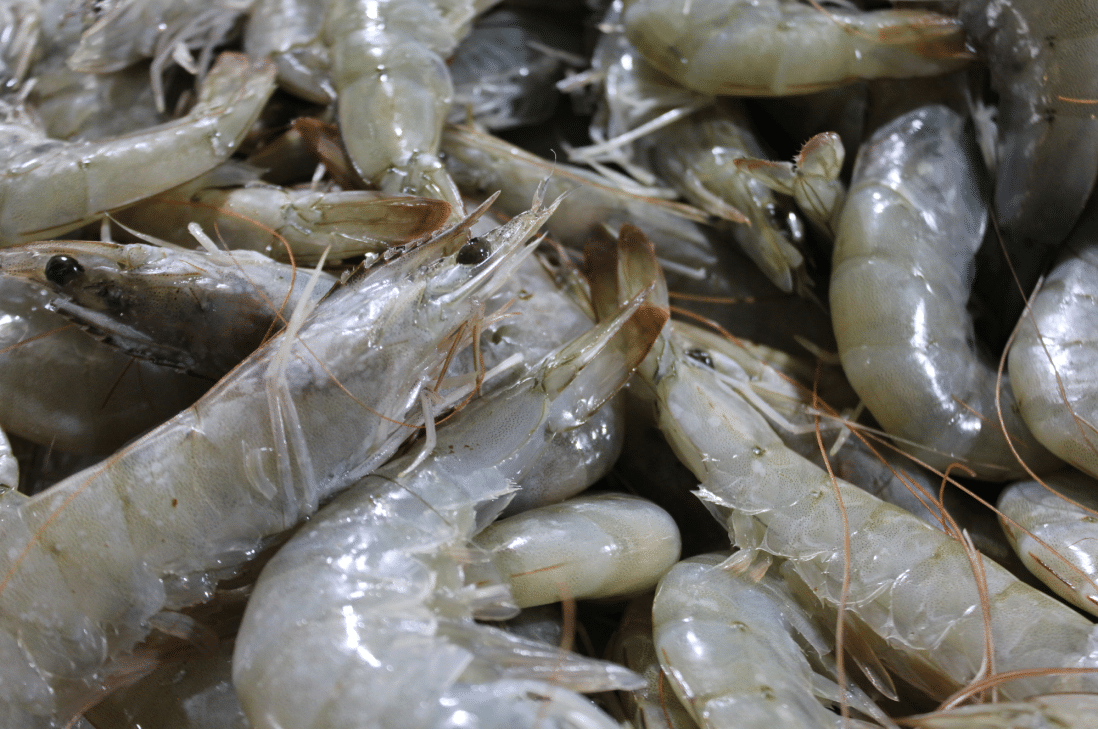June is right around the corner, friends. Right about now, my family is dreaming of meals blessed with one of our favorite marine creatures…shrimp. Which recipe shall we start with? For those of you that have seen the classic moment in the movie Forrest Gump when Bubba names off all the different recipes you can do with shrimp know that the list can get very lengthy. No matter which direction you plan to go with your dish, you want to begin with the star of the show…the shrimp! For the stars in my dishes, I want them to be locally caught shrimp. Luckily, we live here on the beautiful coast of Mississippi and can buy freshly caught shrimp this time of the year. Or can we?
At the May 18 meeting of the Commission on Marine Resources, data was shared that indicates the beginning of shrimp season may be delayed. The contributing factor being the amount of rain south Mississippi has had this spring impacting the size of the shrimp.
So…these factors are impacting me going down to the docks for my shrimp… but why? What does the size of the shrimp have to do with the opening of shrimp season? What does rainfall have to do with the size of the shrimp?
First, let’s talk about the size of the shrimp. According to the Shrimping the Sound, a newsletter released by the Mississippi Department of Marine Resources (MDMR), for a shrimp to be of legal size (68 count per pound), it must be approximately 100mm or 3.94 inches long. Scientists from both the University of Southern Mississippi and MDMR are working hard collecting samples to access the current size of our resident shrimp population. As soon as most of the shrimp sampled are of the legal size limit, shrimp season will kick off.
Second, why does rainfall affect the size of the shrimp? Think about it this way. You like an optimal temperature in your house, right? For us, it’s around 75ish. Like us, shrimp like a certain level of saltiness, or salinity, and temperature to the water in which they reside. According to the newsletter, optimal growing conditions for brown shrimp occur when the salinity is above 10 parts per thousand and the water temperature is greater than 68°F. With all the rain we have had lately, the salinity is lower due to the increase in freshwater.
In summary, rain affects the salinity of the water, forcing the shrimp not to grow as fast. Thus, smaller shrimp means we have to wait to open the season. Hopefully, we will see these rains move out and the salinity levels rise soon, so our shrimp can grow, the season can begin, and we can commence with our shrimp recipes! As for us, we will be more than ready as we have a hankering for a bowl of shrimp and grits at my house.
Take heart, my friends, because shrimp season is right around the corner. As always remember to buy local.




